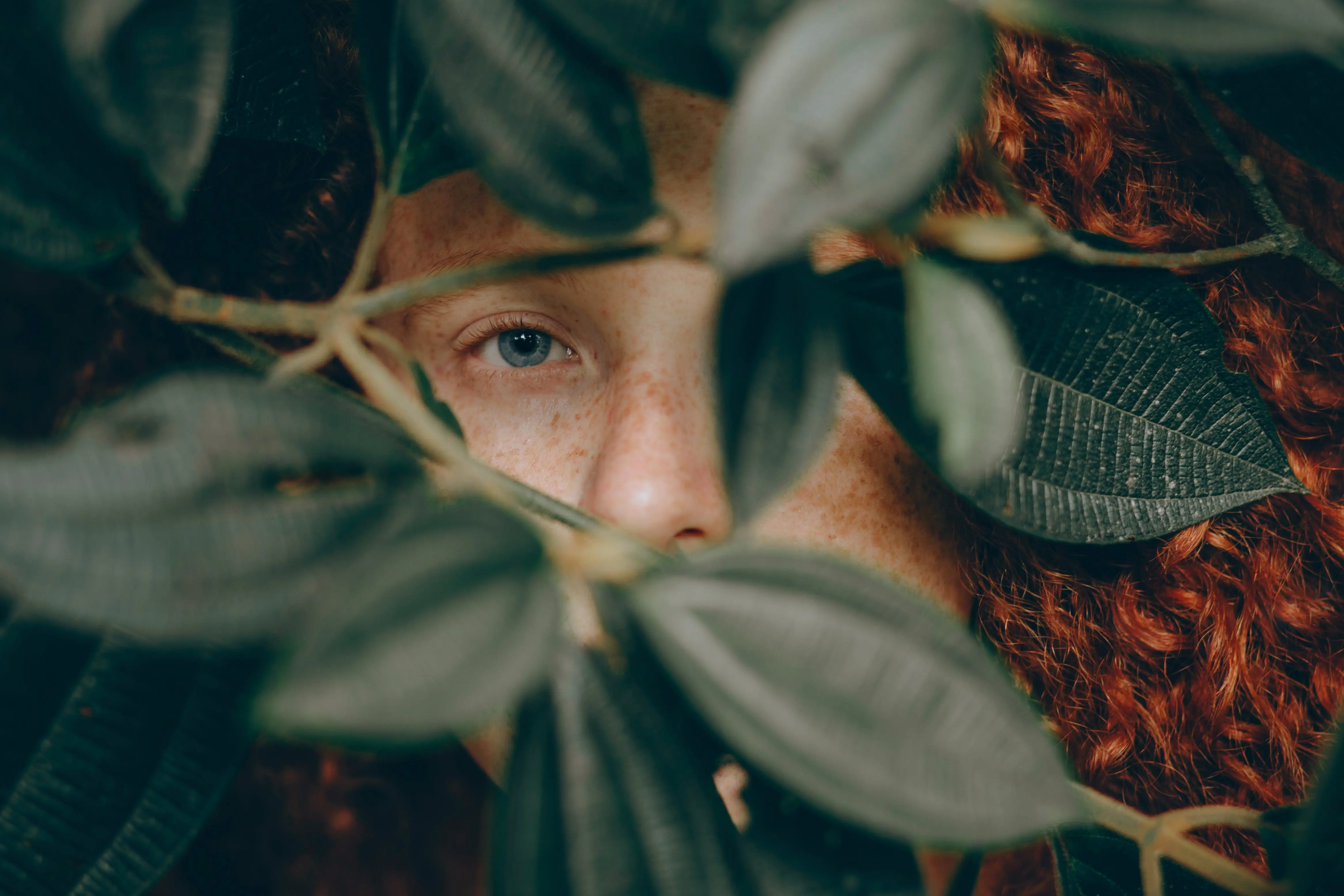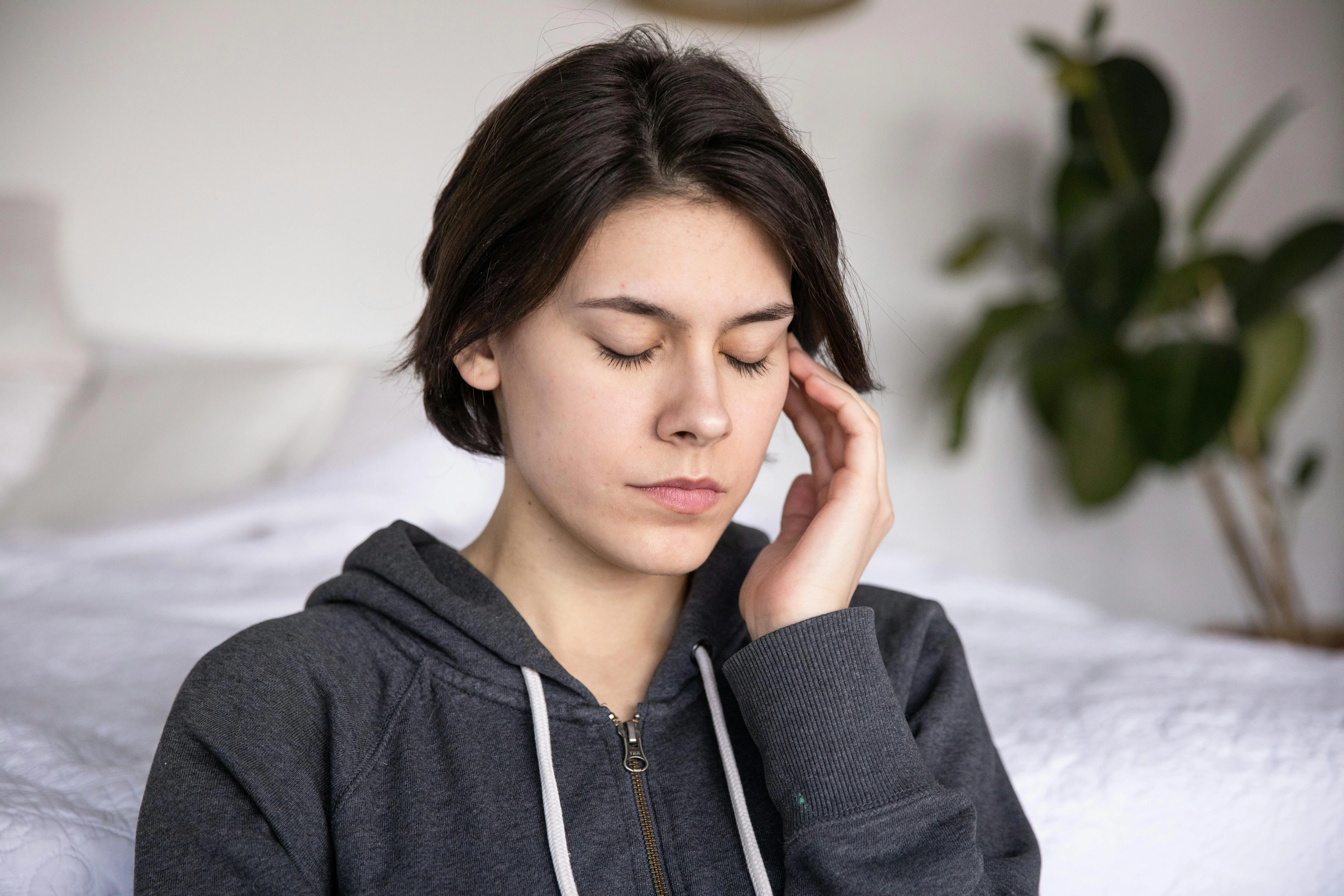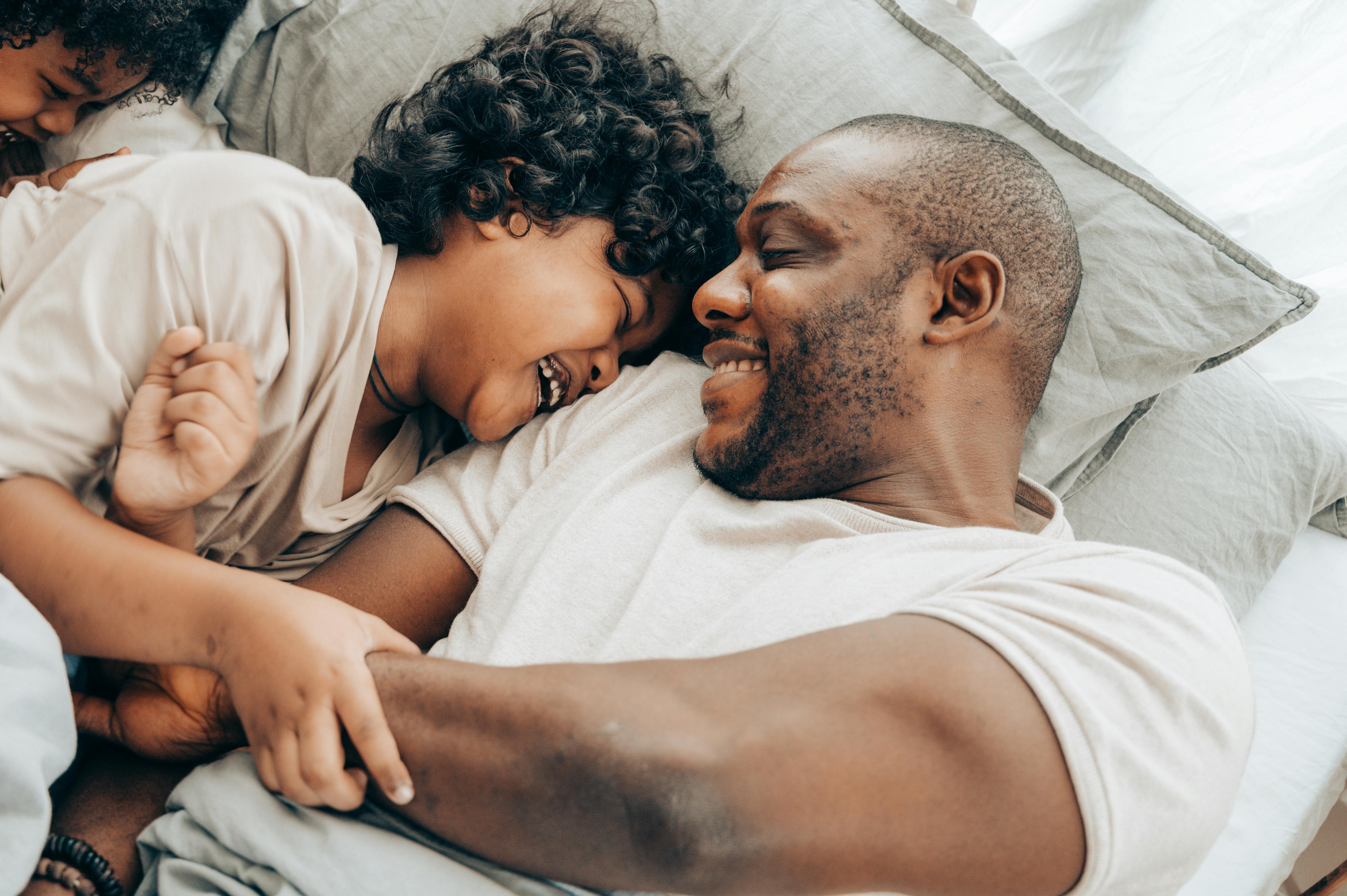The Aftermath of Masking for an Autistic Person
July 16, 2025

What is masking?
‘Masking’ refers to the behaviors some neurodiverse people, including Autistic people, both supress and adopt to adapt to societal standards of ‘typical’ behavior. Someone who is masking may conceal behaviors they would naturally express, in favor of instead exhibiting behaviors that may make them appear to fit in with their neurotypical peers. It’s like a type of camouflage – people who mask are in a way acting as chameleons, shifting and changing their natural state of behavior to blend in with their environment.
Masking may involve changing facial expressions, tone of voice, eye contact, body language, and even how a person speaks. It might involve participating in activities or doing things that make the individual uncomfortable, such as wearing clothes that they have sensory sensitivities to, or forcing themselves to make small talk and interact with unfamiliar people.
Why do people mask?
Masking behaviors are acts of self-preservation, motivated by the notion that society will not accept Autistic behaviors, and the feeling that one needs to compensate for their neurodivergence to be accepted in a world that was not built for them.
Although masking may start as a conscious choice, it often becomes subconscious over time. It is an experience that becomes an innate part of an individual’s reality, whereby their true identity is hidden behind the facade they have constructed to appear as they believe the outside world would wish to perceive them.
In a 2019 study, Autistic individuals reported the specific reasons why they mask. Here are a few examples:
- To avoid retaliation and bullying by others
- To make a better impression on other people
- Because they feel that being themselves isn't good enough due to their own internalized stigma
- To get others to take one’s ideas or work seriously
- To make friends and bond with others
Another specific example comes from a 2023 study out of the United Kingdom, which found that Autistic people face unique challenges in acquiring employment. Autistic individuals reported that they felt they had to hide their Autistic traits to be successful during the hiring process, and may experience discrimination if they disclosed their diagnosis.
What does masking look like?
Psychologist Dr. Megan Neff was diagnosed with Autism later in life and described her experience with masking as “The exhausting effort I put into social interactions, the constant feeling of having a performative self”.
Based on her own experiences as both an Autistic individual and a healthcare professional, Dr. Neff considers some common signs of masking to be:
- Creating pre-prepared scripts or conversations to use in social situations
- Mimicking and parroting phrases precisely as others have said them and adopting them into their vocabulary
- Frequently observing and using behaviors of others or those seen in the media
- Rehearsing and perfecting body language, including facial expressions and gestures
- Researching ways to improve social skills
- Mirroring someone else’s behavior or body language in a social interaction
- Heavily focused on monitoring and adjusting their body language, facial expressions and behavior to appear appropriate, interested, or relaxed
- Heightened awareness about the impression they are making on others and how they are being perceived
- Feeling like they’re performing and/or can’t be themselves when around others
Instagram user @neurodivergent_lou described one way they mask: “As an Autistic person, I pretend not to remember the small details about people, in case other people find it odd… It is [sometimes] interpreted as weird, creepy, or assumed that you have a romantic interest in someone if you remember the small details… an Autistic person may pretend not to remember the small details about someone so that it isn’t seen as weird.”
TikTok user @morgaanfoley posted a couple of videos detailing what masking looks like for them, which you can watch below:
How does masking negatively affect Autistic people?
Studies have shown the various adverse impacts that masking can have on Autistic individuals. A 2018 study found that adults who reported masking their Autistic traits had symptoms of depression. In 2020, another study found that masking led to feeling like a burden, consequently leading to more lifetime suicidal thoughts than in non-masking individuals. In 2016, a group of Autistic women reported that they felt exhausted by the constant effort of adapting to neurotypical standards.
A common experience, particularly for girls and women with Autism, is that their ability to mask their Autistic traits leads to a later or missed diagnosis of Autism, which can negatively affect an individual’s mental health as they are not receiving the necessary support required. Further, the act of assimilating oneself into a neurotypical world by repressing natural behaviors may lead to a loss of identity.
Dr. Hannah Belcher, an Autistic academic at Kings College London, describes how masking for a large proportion of her life affected her understanding of her own identity: “I realised how little I knew about myself. As I went into a deeper and deeper mental health crisis I came to the realisation that I had no idea who I was, or even what I liked. Everything I knew was in some way connected to how I thought I should be.”
Masking can also contribute to a state referred to as ‘Autistic burnout’, which is the mental and physical exhaustion an Autistic person may develop as a result of existing and functioning in a world that was not designed to accommodate their experiences. Autistic burnout may feel like extreme fatigue, and may give rise to feelings of anxiety or depression, as well as emotional overwhelm and outbursts. It can sometimes lead to a temporary loss of skills, such as verbal communication, due to fatigue and overwhelm.
How does masking make an Autistic person feel?
Autistic author Jolene Stockman details how Autistic people monitor others for a reaction to their ‘mask’, and are constantly adapting to act appropriately, and the toll it takes: “You know how you can tell when someone’s different, a little bit off? Well, we can tell that you can tell. You give it away with changes in your body language, your micro-expressions, the words that you use, all the little signs of rejection that I’ve been reading and adapting to since I was a child so you don’t know how weird I am, so you think I’m normal. And it’s exhausting!”
TikTok user @thecorysinger explained what it feels like to have to mask the truth of who they are in a short video, which you can watch below:
In a short documentary about Autistic actor and advocate Chloé Hayden, Chloé’s family describes the after-effects of social interactions on Chloé, and the toll performing and hiding their identity takes on them: “It can take 1, 2, 3, 4 days to decompress after an event… recovering after something really big and stressful… they’re still themselves, they look like themselves, but they’re kind of not all there… It can take a long time to kind of, rejuvenate and get back to the point where they’re comfortable to go outside again, and can take on these masks that they have to put on for society.”
Is it possible to stop masking?
There are now movements online encouraging Autistic individuals to ‘Unmask’, explore their true identities, and show them to the world. Unmasking includes a multitude of steps, unsurprising considering that often, the mask has integrated into the Autistic person’s perception of their reality and how they interact with the outside world.
Unmasking is an individualized process that comes at a unique pace and with different steps for everyone, depending on how they have been masking in the past. It is also not linear, and an Autistic person may never be able to entirely ‘drop the mask’. Unmasking is essentially letting go of the behaviors a person has adopted to fit in that don’t feel natural to them, and releasing their innate behaviors, emotions, and passions from concealment.
It may involve addressing internalized shame and stigma that has kept a person from expressing their true nature. It may require conscious efforts to embrace emotions and behaviors as they surface, rather than repressing and controlling them. Introspection and understanding personal values and interests to conceptualize the parts of us that make us who we are may also be part of the process.
Dr. Neff recounted one of her first experiences with unmasking in a personal blog post: “Throwing out uncomfortable, lace, feminine undergarments was the first concrete action I took… apparently, it's not wildly uncomfortable for everyone... I guess I owned it because this is what a woman is supposed to wear. I wanted to be the kind of woman who wears feminine things.”
Most importantly, if genuine Autistic traits are more widely represented online, in media, and in the real world, rather than masked personas, society may become more accepting and embracing of the spectrum of human behavior that falls outside the norm.
Share this post!
We hope you learned something about masking and the effects of masking on Autistic individuals by reading this blog post. If you think someone else would benefit from reading this article, we’d love for you to share it with them so it can reach those who need it 💜
Resources
What are ‘masking’ and ‘camouflaging’?
Autism Masking: To Blend or Not to Blend
Consequences of Autistic camouflaging
This is a div block with a Webflow interaction that will be triggered when the heading is in the view.










.jpg)





.png)

